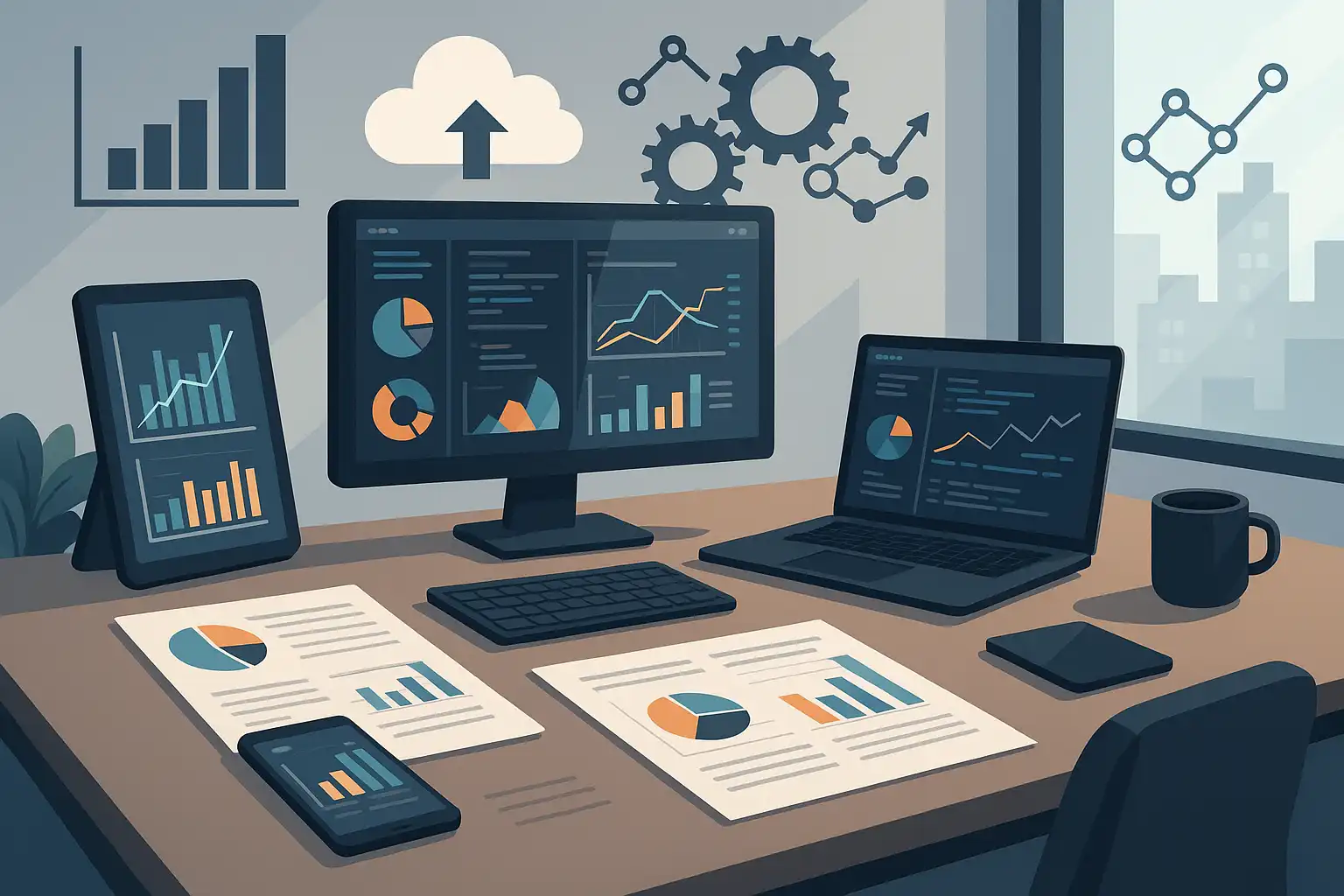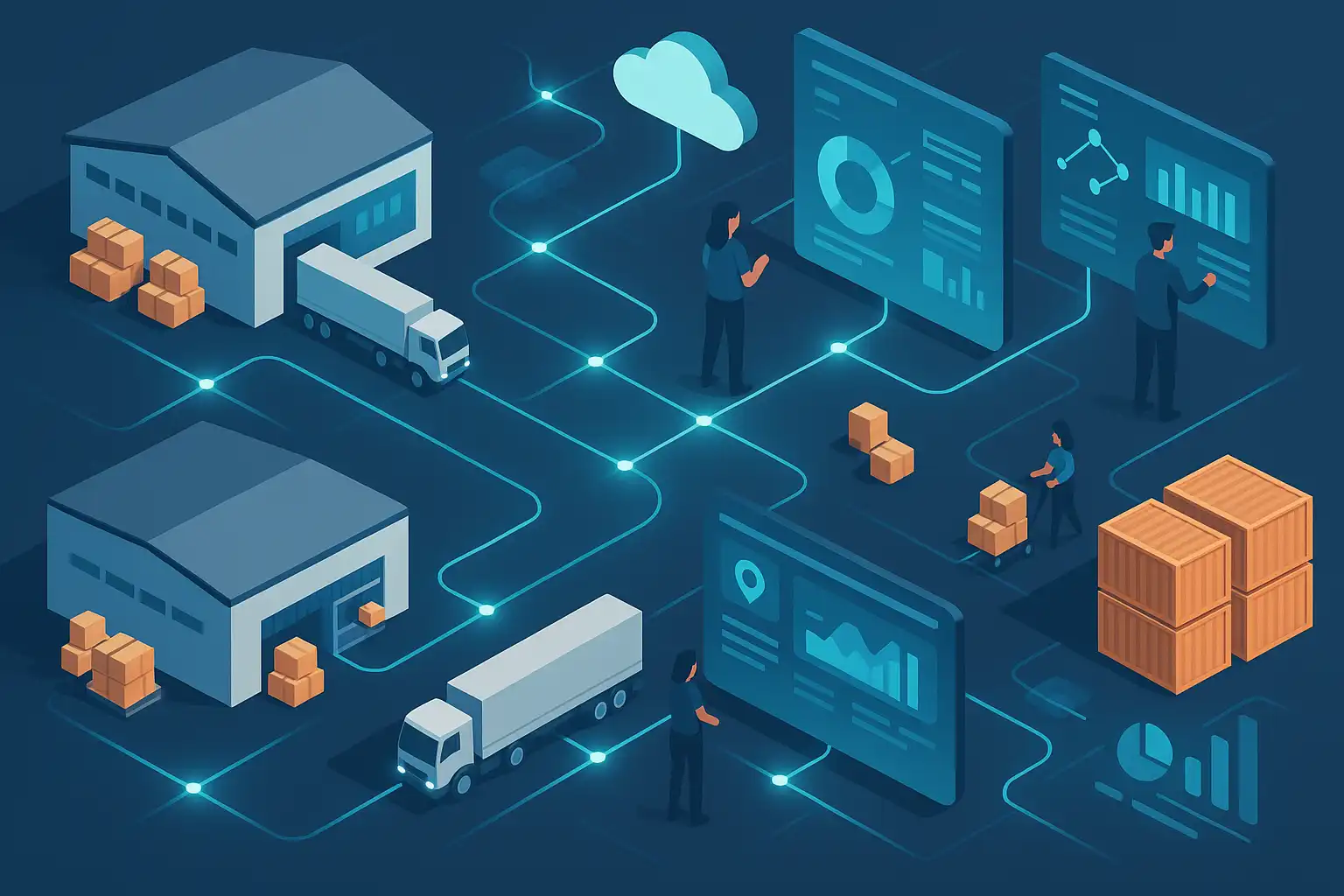Deep Learning Project Help from Experts: Your Guide to Success
Deep learning project help from experts is essential for businesses and individuals aiming to develop robust AI solutions. Professional support ensures accuracy, efficiency, and innovation in tasks such as image recognition, natural language processing, and custom AI software development. Experts guide projects through model selection, data preparation, training, deployment, and ongoing optimization, leveraging top frameworks like TensorFlow, PyTorch, and Keras. Their experience is crucial for handling complex data, scaling solutions, meeting regulatory requirements, and addressing challenges like computational demands, data quality, model interpretability, and ethical considerations. Choosing the right expert involves assessing their proficiency with leading tools, ability to manage diverse datasets, industry track record, and communication skills. Deep learning professionals also help organizations stay current with trends such as edge AI and explainable AI, ensuring future-proof solutions. For rapid project delivery and overcoming in-house knowledge gaps, hiring data scientists or augmenting teams is recommended. Overall, expert deep learning project help accelerates innovation, minimizes risk, and delivers tailored, high-performance AI systems across industries.










